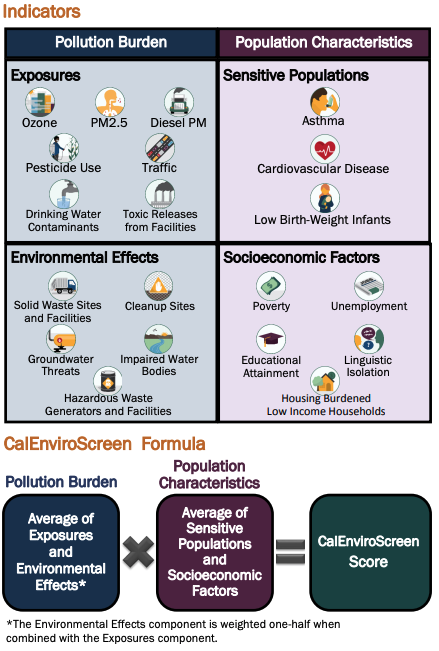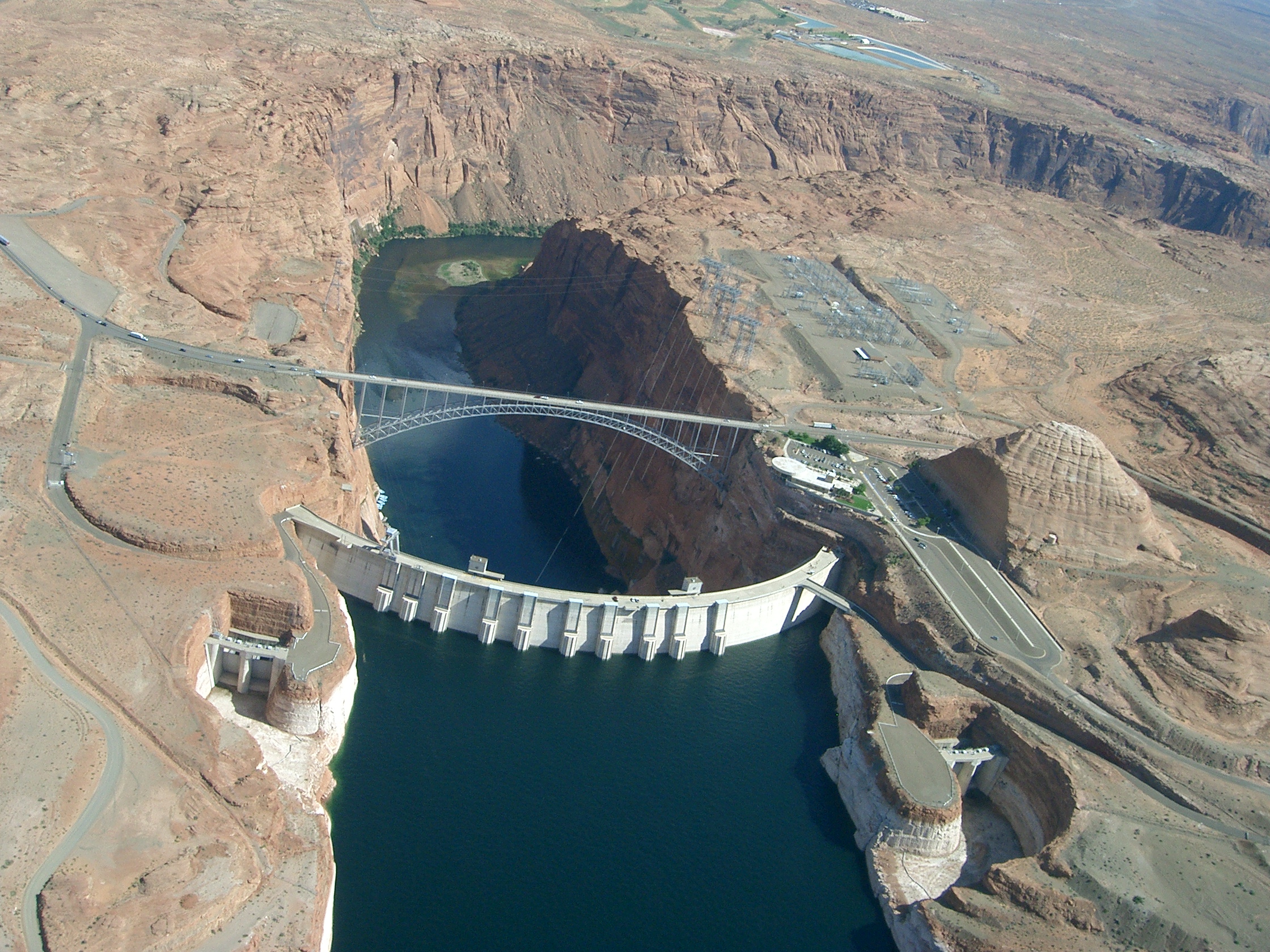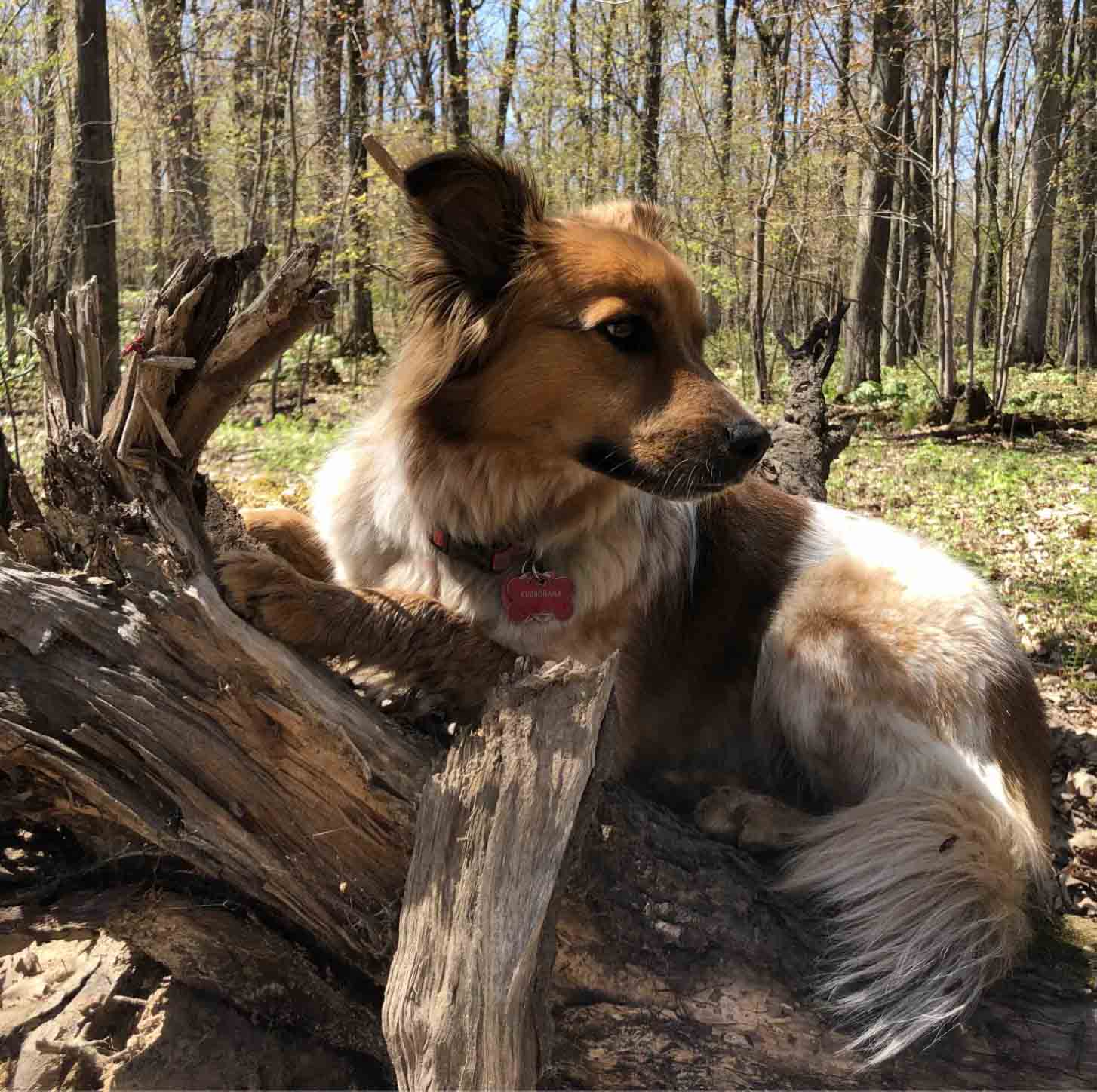Welcome to the USDOI Economics Community of Practice Python Training (virtual edition again!) for 2021!
This year, we have two examples to explore and rather than installing python locally, we will run in binder - a cloud-based service. The good news is, no painful installation. The bad news is, storage is not persistent so you will have to save your work locally to keep things (more on that as we go)
Disclaimer: The data used in these examples are real, but the analysis is naive - simply focused on illustrating the uses of python and not to draw formal conclusions
This exercise was motivated by an NPR Science Friday episode discussing, among other things, a dataset and decision tool in California to evaluate propensity for pollution exposure and demographics -- particular those based on race and socieconomic factors -- as potentially correlated. A fact sheet documents the decision tool call CalEnviroScreen. A more detailed report on the methodology is here.
In this exercise, we take advantage of pandas and geopandas to explore tabular and spatial data, merge datasets from shapefiles and Excel files, calculate correlation between potential predictors and pollution metrics, and make graphics summarizing the results for deeper analysis.
This exercise leverages the ability of python, using pandas and other packages, to download USGS water data on the Colorado River from the National Water Information System (NWIS) to explore the changes -- intentional and potentially not intentional -- to river flow in the Colorado River entering the Grand Canyon due to construction and operation of the Glen Canyon Dam in the 1960s. In particular, the implementation of the Colorado River Compact motivates exploration. The NWIS river flow records at Lees Ferry and in the Grand Canyon are continuous from the 1920s providing a rich dataset to explore qualitatively and quantitatively.
- Download Miniconda for your current operating system
- Create the same environment we are using in the tutorial but doing the following:
a. Download this entire repository as a zipfile from the green "CODE" button above (you can choose Download zip)
b. On Windows open a Miniconda Prompt from your start menu (on Mac or Linux, open a terminal)
c. Navigate to the "binder" directory
d. typeconda env create -f environment.ymland answer "y" to a couple questions
e. activate the environment by typingconda activate econ21
f. Program and enjoy!


